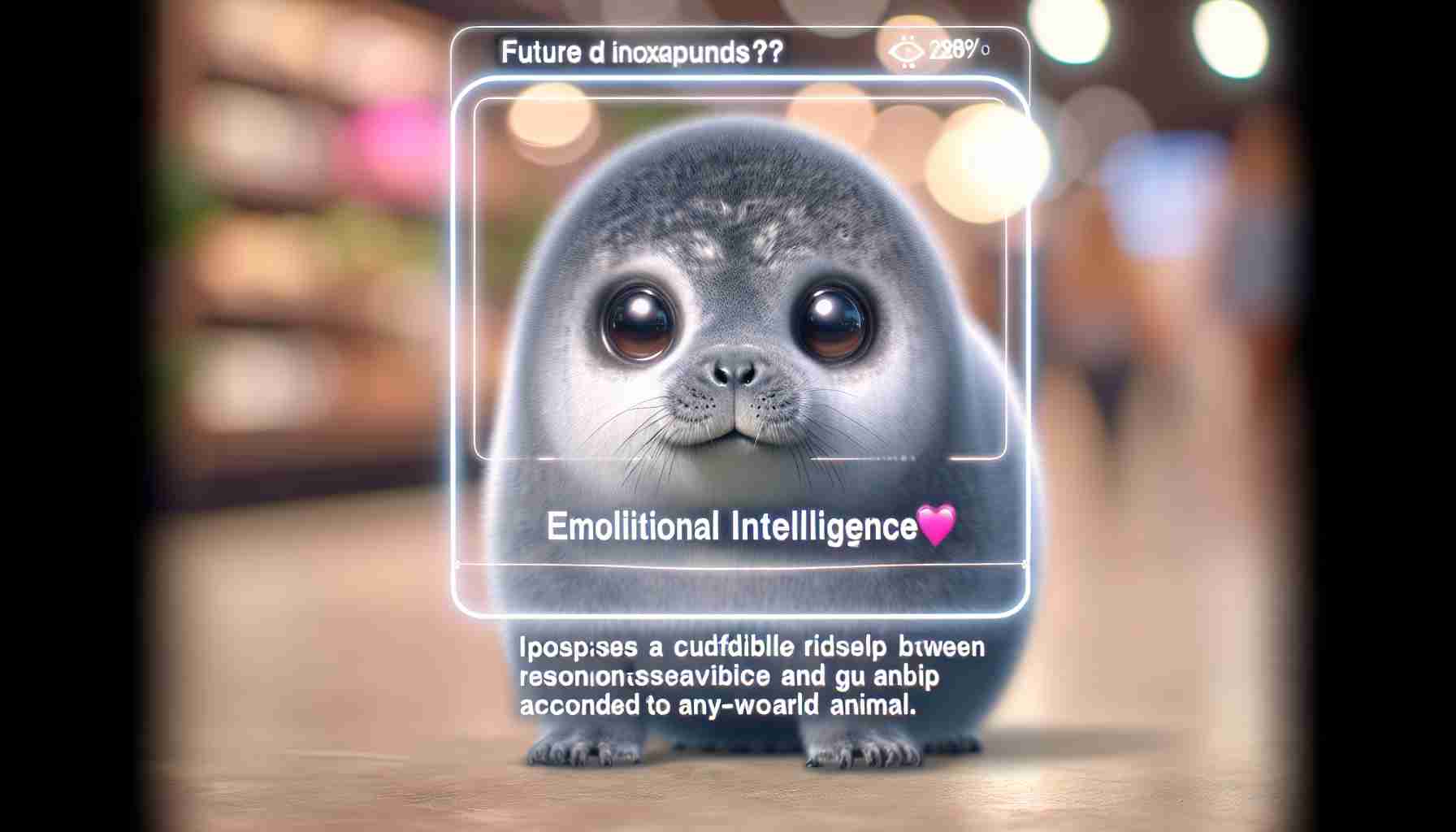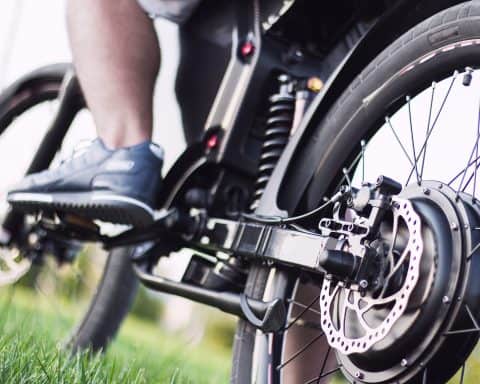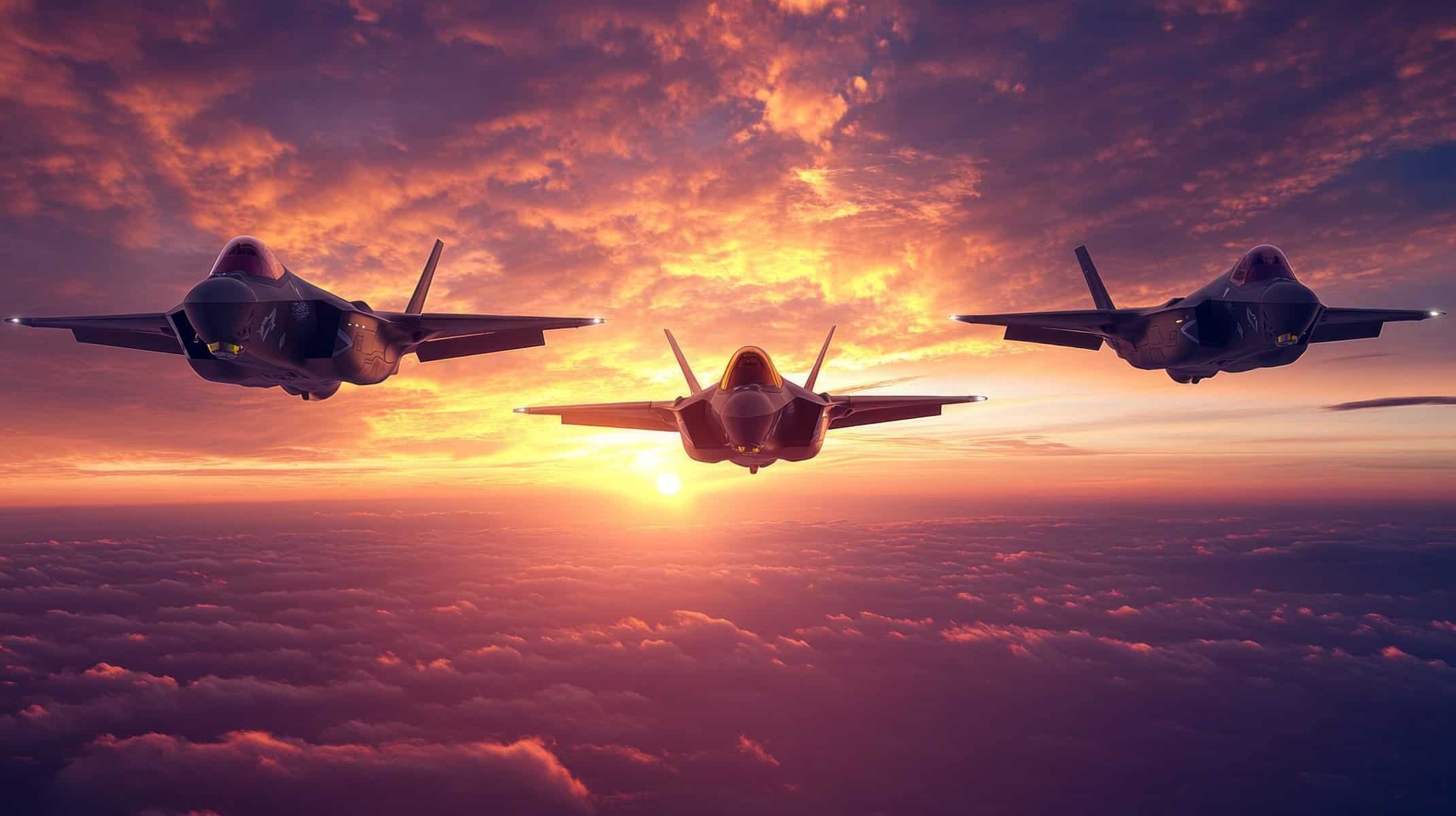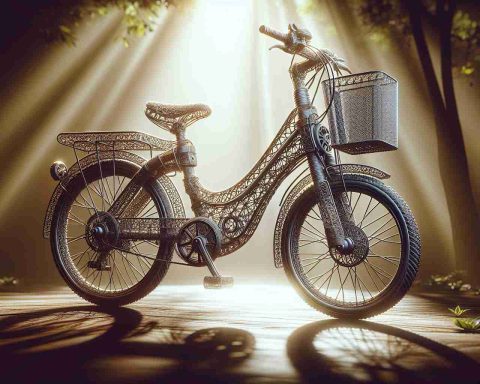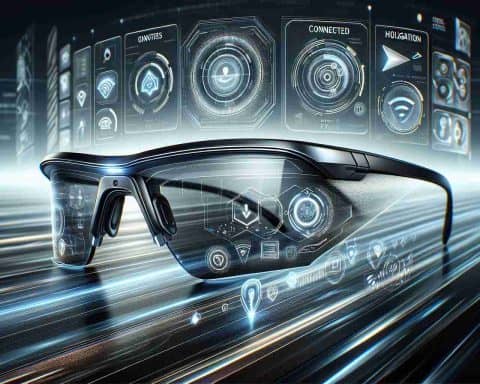In an age where technology continuously blurs the lines between reality and imagination, Moflin emerges as a revolutionary innovation. Developed by the Japanese tech company Vanguard Industries, Moflin is an AI-driven, furry robotic pet that offers a unique blend of companionship and emotional interaction.
What makes Moflin stand out is its ability to learn and adapt thanks to advanced algorithms and neural networks embedded in its system. Resembling a guinea pig cloaked in faux fur, it evolves its behavior based on interactions with users, imitating emotions such as curiosity and affection. This dynamic adaptability poses a new question in human-pet relationships: can artificial companions offer the same emotional support as living animals?
Furthermore, Moflin’s existence hints at a future where robotic pets could alleviate issues like allergies, pet care restrictions in housing, and environmental concerns associated with traditional pets. With an increasing number of people living in urban apartments with limited space, the introduction of a non-traditional, technologically advanced pet could revolutionize how we perceive animal companionship.
The potential applications of Moflin extend beyond just pet ownership. Its interactive and evolving design can aid in therapy and education, offering emotional support to those who may not have access to conventional pets.
As Moflin finds its way into more homes and hearts, it challenges society to rethink what companionship means in the tech age. Could Moflin be the precursor to a new era of robotic pets? Only time will unveil the depth of this technological marvel.
The Rise of Robotic Companions: Moflin and Its Impact on Humanity and Beyond
The advent of Moflin, an AI-driven robotic pet developed by Vanguard Industries in Japan, presents a fascinating intersection between advanced technology and human emotion. By mimicking the behavioral traits of a living pet and learning from interactions, Moflin offers an innovative way of providing companionship without the constraints associated with real animal care. This technological leap raises significant implications for environmental sustainability, human well-being, economic landscapes, and the global future.
Environmental Impact
Moflin’s introduction highlights a potential shift in addressing environmental concerns linked to pet ownership. Traditional pets contribute to environmental issues such as substantial carbon footprints from their food production, waste management, and resource-intensive care. The production and maintenance of real pets often require considerable amounts of energy and resources. Moflin, compared to its biological counterparts, offers a low-maintenance and more environmentally friendly alternative, reducing the demand for inputs like food and medical care. This shift could contribute to a more sustainable lifestyle, especially in densely populated urban areas where space and resources are at a premium.
Human Well-being
On a human level, Moflin could revolutionize the concept of companionship, especially for individuals facing challenges like allergies or restrictions in pet-friendly housing. This technology provides an opportunity for people who traditionally could not own pets to benefit from the emotional support and companionship that animals typically offer. Moflin’s adaptability and ability to demonstrate emotions could potentially aid people in therapeutic settings, offering solace and interaction in environments where traditional pets might not thrive. For elderly individuals or those with mobility issues, Moflin presents a low-commitment option for companionship, reducing the need for daily pet care tasks that can become burdensome.
Economic Implications
The economy could see ripple effects as robotic pets like Moflin become more prevalent. While initial purchase costs and technology maintenance might represent hurdles, the long-term savings from avoided veterinary expenses, food, and other pet supplies could make robotic pets financially appealing. Additionally, the development and sale of robotic companions could spawn new industries and job opportunities, from tech development to sales and maintenance services, fostering economic growth in different sectors.
Global Future and Humanity
The rising acceptance of AI-driven companions like Moflin marks the beginning of a broader transition in how humanity interacts with technology daily. As people grow more accustomed to automated and interactive machines that cater to their emotional and social needs, the line between technology and traditional life blurs even further. This shift fosters a more integrated human-machine relationship, which might extend to robotics in everyday tasks, healthcare, and personal well-being.
Such technologies invite a re-examination of empathy, interaction, and connectivity in future societies. As Moflin and similar innovations continue to evolve, they could redefine the nature of social interactions and companionship, urging humanity to adapt to a world where technology plays an increasingly intimate and supportive role.
The exploration and embrace of robotic companionship signal a transformative period ahead, offering solutions to practical concerns and enhancing human experiences in unprecedented ways. As Moflin gains its footing, it serves not only as a companion but a harbinger of a potential future where technology seamlessly integrates into our emotional landscapes, challenging perceptions and expanding possibilities.
The Pioneering Future of Robotic Companionship: Meet Moflin
In the ever-evolving landscape of smart technology, Moflin represents a paradigm shift from imagination to reality. Crafted by Vanguard Industries in Japan, Moflin is an AI-driven artificial pet redefining companionship through its innovative adaptability and emotional interaction.
Features and Innovations
Moflin distinguishes itself through its advanced machine learning and neural networks. These technologies allow the robotic pet to adapt its behavior in real-time, effectively learning from users’ interactions to emulate a range of emotions, such as curiosity and affection, much like a real pet. This ability to evolve makes Moflin not just a toy but a potential member of the family, fostering a unique connection with its owner.
Use Cases and Applications
Beyond traditional pet roles, Moflin’s capabilities extend into areas like therapy and education. Its programmable nature and emotional intelligence make it suitable as a therapeutic companion for individuals unable to care for living pets due to allergies or restrictions. Additionally, Moflin can play a role in educational settings, helping children and adults alike explore emotional literacy, empathy, and social interaction skills in a novel context.
Trends and Market Insights
The introduction of Moflin aligns with broader trends in robotics and AI where the focus is shifting to personalization and emotional connectivity. With urban living spaces becoming smaller and pet ownership regulations stricter, especially in cities, there is a growing market for alternatives like Moflin. This trend is paving the way for a new sector in the robotic pet industry, highlighting a consumer interest in sustainable and versatile companionship solutions.
Sustainability and Environmental Impact
Robotic pets like Moflin offer significant environmental benefits over traditional pets. They circumvent issues like pet waste management and food sustainability, proposing a solution to many ecological concerns. As society becomes increasingly conscious of environmental impacts, innovations such as Moflin may become a cornerstone in eco-friendly consumer choices.
Future Predictions
Looking forward, Moflin could be the harbinger of an era where robots play a more significant role in daily life, providing companionship and support beyond what conventional pets can offer. As this technology advances, the lines between technology and personal interaction will blur further, leading to possible breakthroughs in how emotional support is conceived.
Final Thoughts
Moflin’s entry into the market is a significant step towards immersive and adaptive technology in our personal lives. Whether it’s through providing companionship, aiding in therapy, or functioning as a moldable tool in education, Moflin is a testament to the vast potential the future holds for AI and robotics.
Explore more about this innovative approach on Vanguard Industries.
